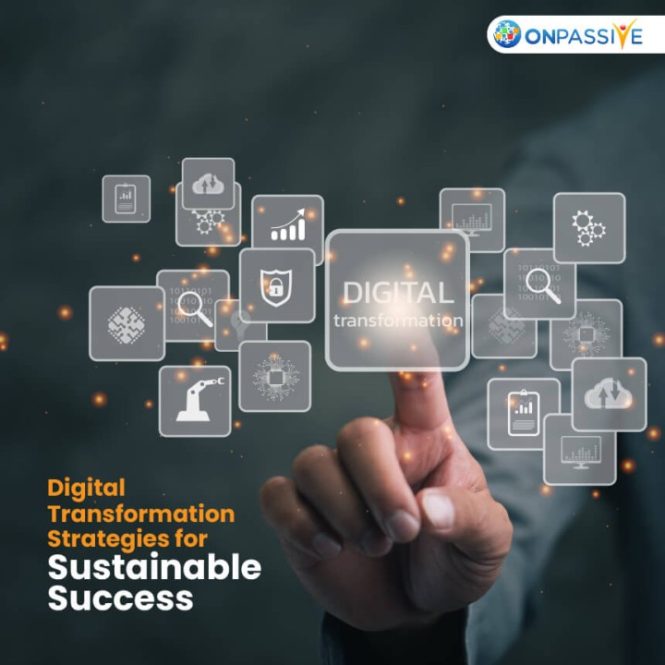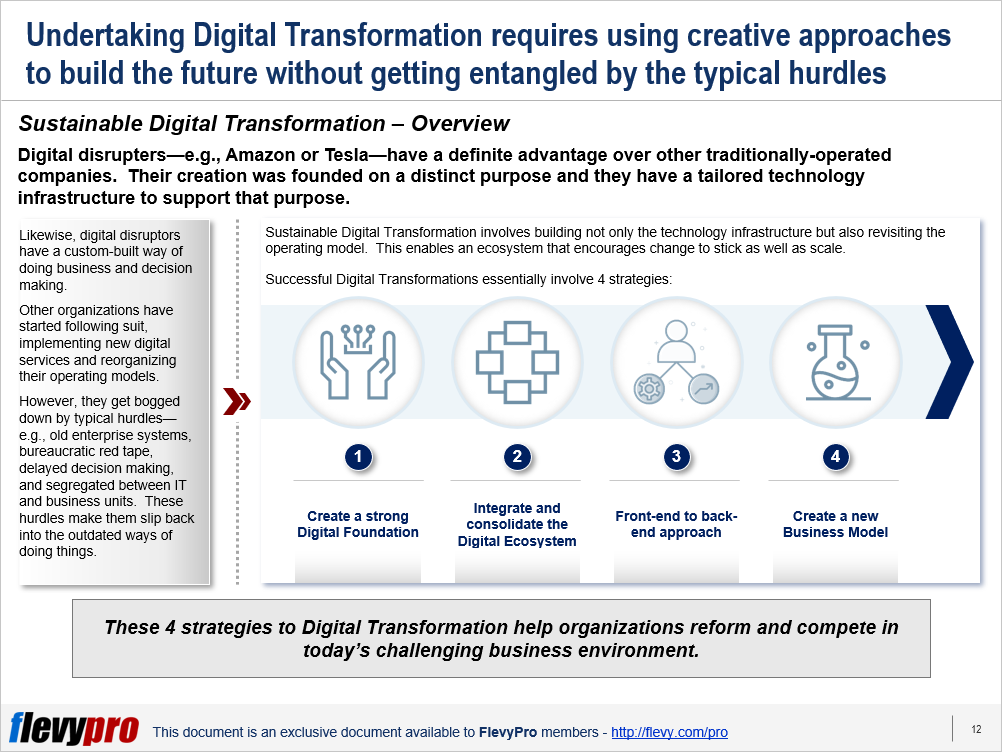

Navigating the complexities of digital transformation for sustainable growth is a critical challenge facing businesses today. Rapid technological advancements, evolving customer expectations, and global economic shifts demand adaptability and strategic foresight. Digital transformation isn’t just about adopting new technologies; it’s about fundamentally reimagining business processes, optimizing operations, and creating a resilient and future-proof organization. Many businesses struggle to effectively integrate digital tools and processes, leading to inefficiencies and ultimately impacting their sustainable growth. This article will provide a comprehensive roadmap to navigate these complexities, highlighting key strategies for success. We’ll cover the critical stages of digital transformation, exploring the crucial elements of a successful transformation journey.
Understanding the Core Concepts of Digital Transformation
Defining Digital Transformation
Digital transformation is a fundamental shift in how businesses operate, driven by digital technologies. It’s not merely about implementing new software; it’s about rethinking core business processes, leveraging data-driven insights, and adapting to changing market demands. It’s a holistic approach that touches every aspect of the organization, from customer interactions to internal workflows. Successful digital transformation strategies consider the entire organization’s structure. The aim is not only to improve efficiency but also to create a more innovative and customer-centric culture.
Identifying the Challenges
Many businesses face significant challenges when embarking on a digital transformation journey. Resistance to change from employees, insufficient planning, inadequate resources, and the lack of a clear vision are significant obstacles. A critical aspect of effective transformation is addressing these barriers proactively. Without a well-defined strategy, digital transformation efforts can easily fall short of their objectives, leading to wasted resources and lost opportunities. A proper transformation approach requires alignment between leadership, employees and stakeholders.
Building a Robust Digital Transformation Strategy
Defining Clear Objectives and Goals
Before implementing any digital transformation initiatives, it’s critical to establish clear, measurable objectives. What are the specific goals you aim to achieve? What key performance indicators (KPIs) will demonstrate success? These objectives should be aligned with overall business strategies. By setting quantifiable goals, organizations can track progress and make necessary adjustments along the way.
Assessing Current Capabilities and Resources
Conduct a thorough assessment of the existing infrastructure, capabilities, and resources. Identify strengths, weaknesses, and areas needing improvement. This includes evaluating existing technology, understanding current workflows, and assessing employee skill sets. This detailed analysis will uncover hidden obstacles and opportunities.
Implementing and Maintaining the Transformation
Selecting the Right Technologies
Choosing the right technologies is critical. Consider factors such as scalability, security, integration with existing systems, and alignment with your strategic goals. Selecting the best tools is only the first step in the process. Implementing them effectively and integrating them into your existing business processes is also vital.
Fostering a Culture of Change
Change management is key. Ensure that the digital transformation initiative fosters a culture of change and adaptation. This includes clearly communicating the rationale behind the transformation, providing training and support for employees, and addressing any concerns or resistance to the new digital ways of working. Investing in training programs for staff is essential to ensure that employees feel prepared and supported by the transformation journey. By fostering transparency and open communication, organizations can address employee fears and anxieties, and increase their acceptance of the new methodologies and work processes.
Cultivating Agility for Future Sustainability
Adapting to Evolving Market Demands
In today’s rapidly changing digital landscape, businesses must adapt quickly. Monitor market trends and customer needs closely. Be prepared to adjust strategies and implement new technologies as needed. Continuous monitoring of the business environment allows companies to stay ahead of the curve, enabling them to adjust their strategies based on market demands and industry changes.
Promoting Continuous Innovation
Encourage continuous learning and innovation within the organization. Support experimentation with new technologies and approaches. Foster a collaborative and innovative culture where employees feel empowered to suggest and implement new ideas.
Measuring and Evaluating Results
Key Performance Indicators (KPIs)
Establish relevant KPIs to measure the impact of the digital transformation initiatives. Track metrics such as customer satisfaction, operational efficiency, cost savings, and revenue growth. Regular reporting and analysis are critical to ensure that the strategy remains on track. The digital transformation initiatives must deliver real business value.
Continuous Improvement
Use data analysis to identify areas for improvement. Continuously monitor and adapt the digital transformation strategies to optimize performance and maximize the return on investment. Regular feedback and reviews are essential to identify and mitigate issues.
In conclusion, navigating the complexities of digital transformation for sustainable growth is crucial for businesses in today’s dynamic market. Embracing innovation, strategic planning, and fostering a culture of adaptability are key to reaping the benefits of digital evolution. By prioritizing customer experience, leveraging data-driven insights, and implementing robust security measures, organizations can confidently navigate the challenges and secure a brighter future. Now, take the next step: implement a tailored digital transformation strategy for your business! Visit our website for more resources and expert consultation.